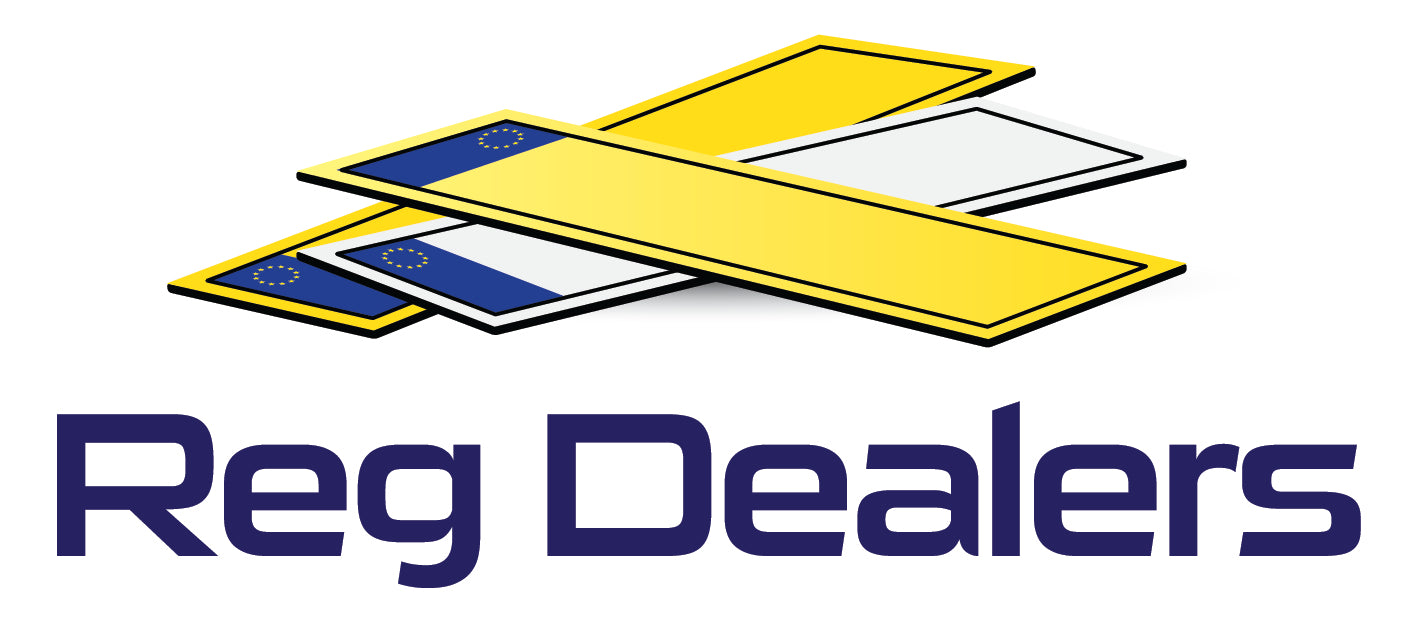The Evolution of Number Plates in the UK: From the First Registrations to Today
Number plates are an essential part of driving in the UK, allowing vehicles to be identified and tracked by authorities. However, the history of number plates is a fascinating one, spanning over a century of technological advancements, social change, and regulatory developments. In this article, we'll explore the evolution of number plates in the UK, from the first registrations to today.
Early Years: 1903-1932
The first number plates in the UK were introduced in 1903, following the passing of the Motor Car Act. These plates consisted of just one or two letters, followed by a number between 1 and 9999. The plates were made of ceramic and were initially required only on the back of the vehicle.
In 1920, the UK government introduced a new system for number plates, which consisted of three letters followed by three numbers. The first letter indicated the region in which the vehicle was registered, with subsequent letters and numbers indicating the specific vehicle.
1932-1963
In 1932, the UK government introduced a new system for number plates that would last for the next 30 years. This system consisted of a single letter, followed by up to four numbers and a single letter at the end. The letter at the beginning indicated the year in which the vehicle was registered, with subsequent numbers and letters indicating the region and the specific vehicle.
1963-2001
In 1963, the UK government introduced another new system for number plates, which consisted of three letters followed by up to three numbers and a single letter at the end. The first two letters indicated the region in which the vehicle was registered, with the third letter indicating the year in which the vehicle was registered. Subsequent numbers and letters indicated the specific vehicle.
This system remained in place until 1983, when a new format was introduced. This format consisted of a single letter followed by up to three numbers and a single letter at the end. The letter indicated the year in which the vehicle was registered, with subsequent numbers and letters indicating the region and the specific vehicle.
In 1999, the UK government introduced a new system for number plates that is still in use today. This system consists of two letters, followed by two numbers and three letters. The first two letters indicate the region in which the vehicle was registered, with subsequent numbers and letters indicating the specific vehicle.
Today: 2001-Present
Since 2001, the UK number plate format has remained the same, with only minor changes to the font and design. However, the introduction of electronic number plate recognition (ANPR) has made number plates even more important for tracking and identifying vehicles.
In recent years, there has been a growing demand for personalised number plates, which can be purchased through the DVLA or private sellers. These plates allow individuals to express their personality and stand out from the crowd, while also providing a potential investment opportunity.
The history of number plates in the UK is a fascinating one, reflecting the evolution of technology, society, and government regulation. From the early ceramic plates to the advanced ANPR systems of today, number plates have played an essential role in identifying and tracking vehicles on UK roads. Whether it's for regulatory compliance or personal expression, number plates will continue to be a key aspect of UK driving for years to come.
Unlock the World of Personalised Number and Find Yours Today
Reg Dealers is your one-stop destination for all your UK number plate needs. Explore our website today to find yours
